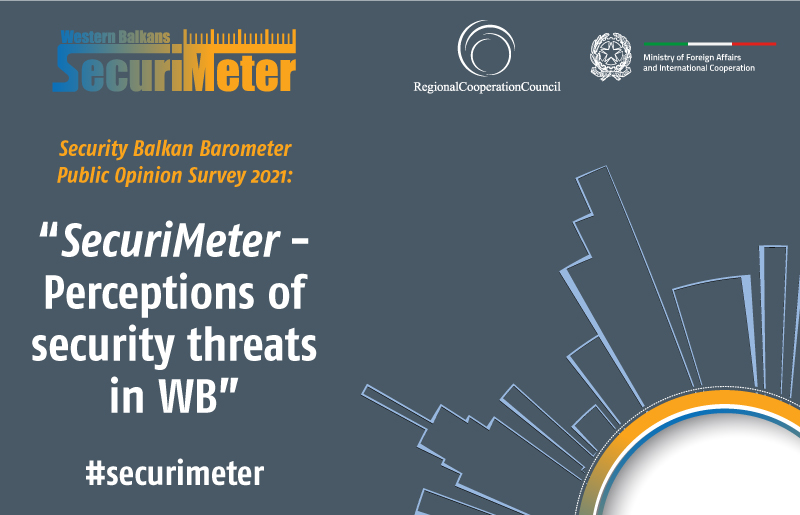| Description |
The present publication is
designed to complement existing tools that UNODC has developed,
some of which provide guidance on the ratification and implementation of the
universal legal instruments against terrorism, and others that are focused on
strengthening specific aspects of the criminal justice responses to terrorism,
including from a human rights perspective. The publication also complements the
broader work of UNODC in mainstreaming gender across all its programmes,
practices and policies, as reflected in its Guidance Note for UNODC Staff:
Gender Mainstreaming in the Work of UNODC, and the Gender Equality Strategy for
the United Nations Office on Drugs and Crime and the United Nations Office in
Vienna (2018–2021).
The present handbook will be relevant to the work of judicial officials,
prosecutors, law enforcement and corrections officers, and lawyers assisting
suspects or victims of terrorism. It will also be
useful to policymakers, lawmakers, and civil society organizations active in
the fields of women’s rights and counter-terrorism and the prevention of
violent extremism.
Legal and policy recommendations
are provided, based on international standards and promising
practices of international, regional and selected national bodies, in order to
assist the users in addressing some of the key gender issues arising in the
criminal justice response to terrorism. The handbook follows a
multidisciplinary approach, integrating best practice from the fields of
counter-terrorism, criminal justice, promotion of women’s rights and equality,
and the elimination of violence against women.
The handbook contains a number of tools to enable readers to engage with the
material in an
in-depth manner. “Focus” boxes provide a deeper insight into specific concepts,
and “example” boxes facilitate a comparative approach by supplying case studies
that illustrate national and international practice and jurisprudence.
Information on further reading is provided in order to direct readers to additional
sources on specific topics. Finally, a summary of key points is included at the
end of each chapter to provide a concise checklist of issues raised in that
chapter.
The handbook consists of six chapters. Chapter 1 contains an examination of the
concept of gender
mainstreaming in counter-terrorism and in the criminal justice system. It also
examines how this concept fits into the international human rights framework
and the policy context of the Women, Peace and Security agenda and the
Sustainable Development Goals.
Chapter 2 includes an exploration
of the ways in which the criminalization of acts of terrorism may
affect women differently than men. It begins with a brief review of the
differing roles of women in contemporary terrorist groups. The chapter also
includes a look, with a gender perspective, at selected terrorism-related
offences, such as supporting acts of terrorism, financing of terrorism and
offences related to foreign terrorist fighters. It also covers criminal justice
responses to situations where an individual is alleged to have committed a
terrorism-related offence while having been involuntarily associated with a
terrorist group.
Chapter 3 is focused on gender perspectives and good practices regarding the
investigation and
prosecution of terrorism cases. It covers investigative methods and powers,
interviewing, witness protection and the importance of strengthening the
representation of women in law enforcement and the
judicial system, including in specialized counter-terrorism units. Gender-based
vulnerabilities are often acute in the contexts of imprisonment and other forms
of deprivation of liberty. As such, chapter 4 contains a discussion of
vulnerabilities and good practices regarding the imprisonment of persons
suspected, accused or convicted of having committed terrorism-related offences,
and provides guidance on implementing gender-sensitive policies and practices,
as well as the protection of women’s rights in this regard. Chapter 4 also
contains an examination of alternative measures and detention outside the criminal
justice context.
Terrorist groups have targeted women, men, girls and boys through acts of
sexual and gender-based
violence to achieve tactical objectives and ideological aims. Chapter 5
contains a discussion of the legal frameworks that can be used to hold the
perpetrators of these crimes accountable, including terrorism offences,
trafficking in persons offences, and war crimes and crimes against humanity.
The chapter also includes a discussion of the key challenges and good practices
for investigation and prosecution, which is complemented by an analysis of
international cooperation aspects.
Finally, chapter 6 includes an examination of the gender dimensions of
challenges that victims of
terrorism may experience in obtaining access to justice and remedies, and good
practices to overcome these challenges. The chapter also contains an
examination of access to justice and remedies for victims of sexual and
gender-based violence and trafficking in persons perpetrated by terrorist
groups. Lastly, it includes a discussion of the role of gender-sensitive
transitional and traditional justice mechanisms as alternatives to criminal
justice proceedings.
|


 Development of specialized PCVE web site is funded by EU FUNDS CN 2017-386/831 - "IPA II 2016 Regional Action on P/CVE in the Western Balkans"
Development of specialized PCVE web site is funded by EU FUNDS CN 2017-386/831 - "IPA II 2016 Regional Action on P/CVE in the Western Balkans"